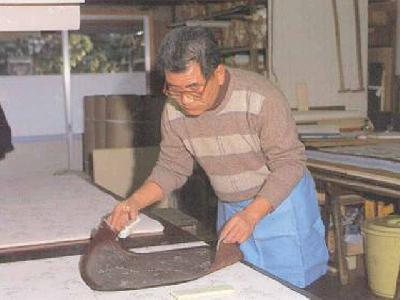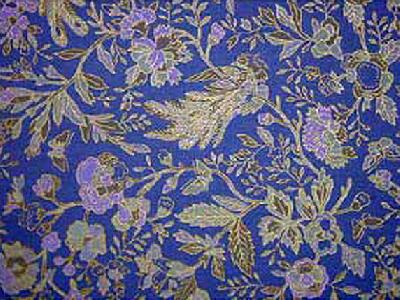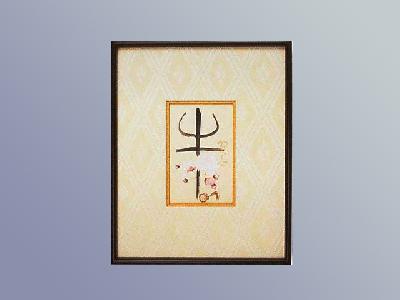|
Edo karakami is a kind of Japanese paper that came to be used for decorating sliding doors, walls and folding screens in Edo buildings. Its origin is 'karakami', an imitation of 'mon-karakami', which was beautifully patterned paper imported from China in the Heian period.
At first, the nobility used this paper as rough paper for waka poetry. After the Middle Ages, it began to be pasted on sliding doors or screens.
In the Edo period, as the Tokugawa government developed the towns around Edo, the demand for karakami increased and it developed in various forms.
Much of Kyoto karakami is printed from woodblocks. On the other hand, Edo Karakami is printed using woodblock as well as many other techniques, such as stencil printing and stripe printing. These patterns have free and subtle designs reflecting the tastes of the Edo-based samurais and townspeople.
At first, the nobility used this paper as rough paper for waka poetry. After the Middle Ages, it began to be pasted on sliding doors or screens.
In the Edo period, as the Tokugawa government developed the towns around Edo, the demand for karakami increased and it developed in various forms.
Much of Kyoto karakami is printed from woodblocks. On the other hand, Edo Karakami is printed using woodblock as well as many other techniques, such as stencil printing and stripe printing. These patterns have free and subtle designs reflecting the tastes of the Edo-based samurais and townspeople.
| [+ADDRESS] | 
|














